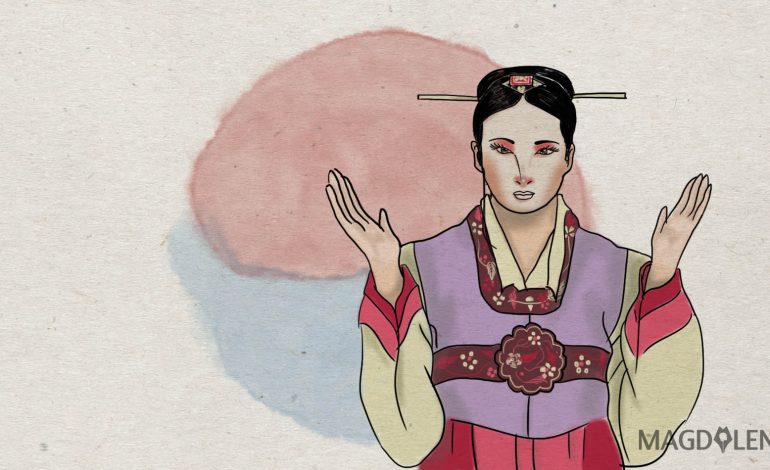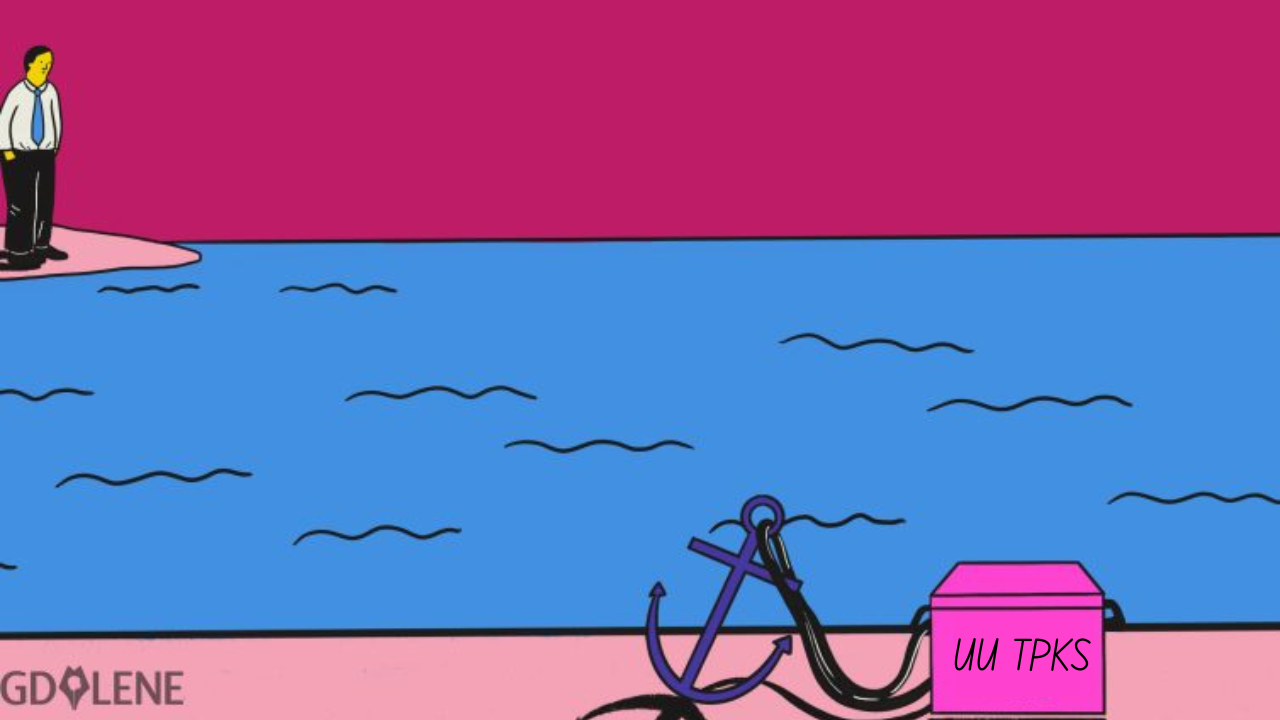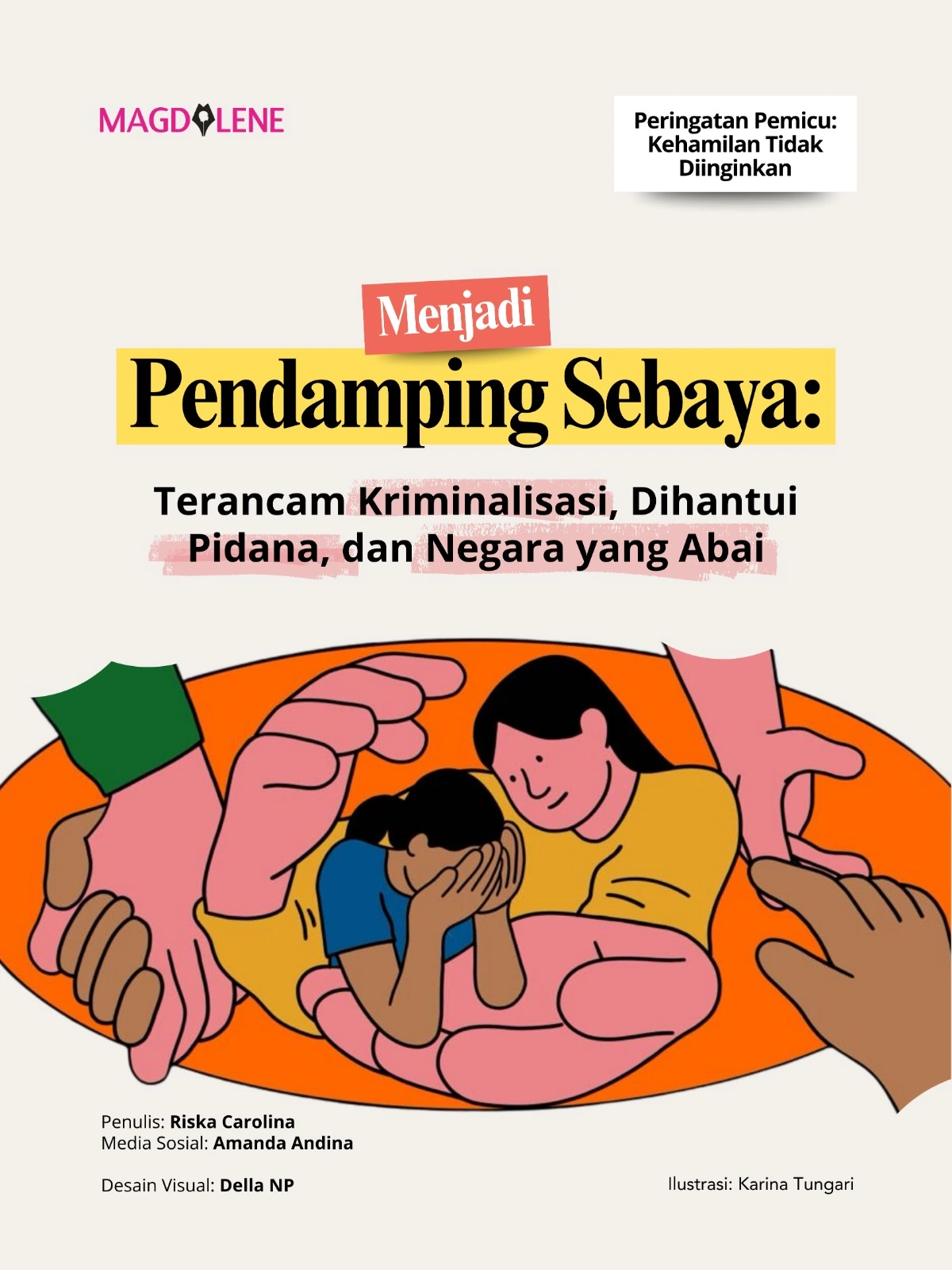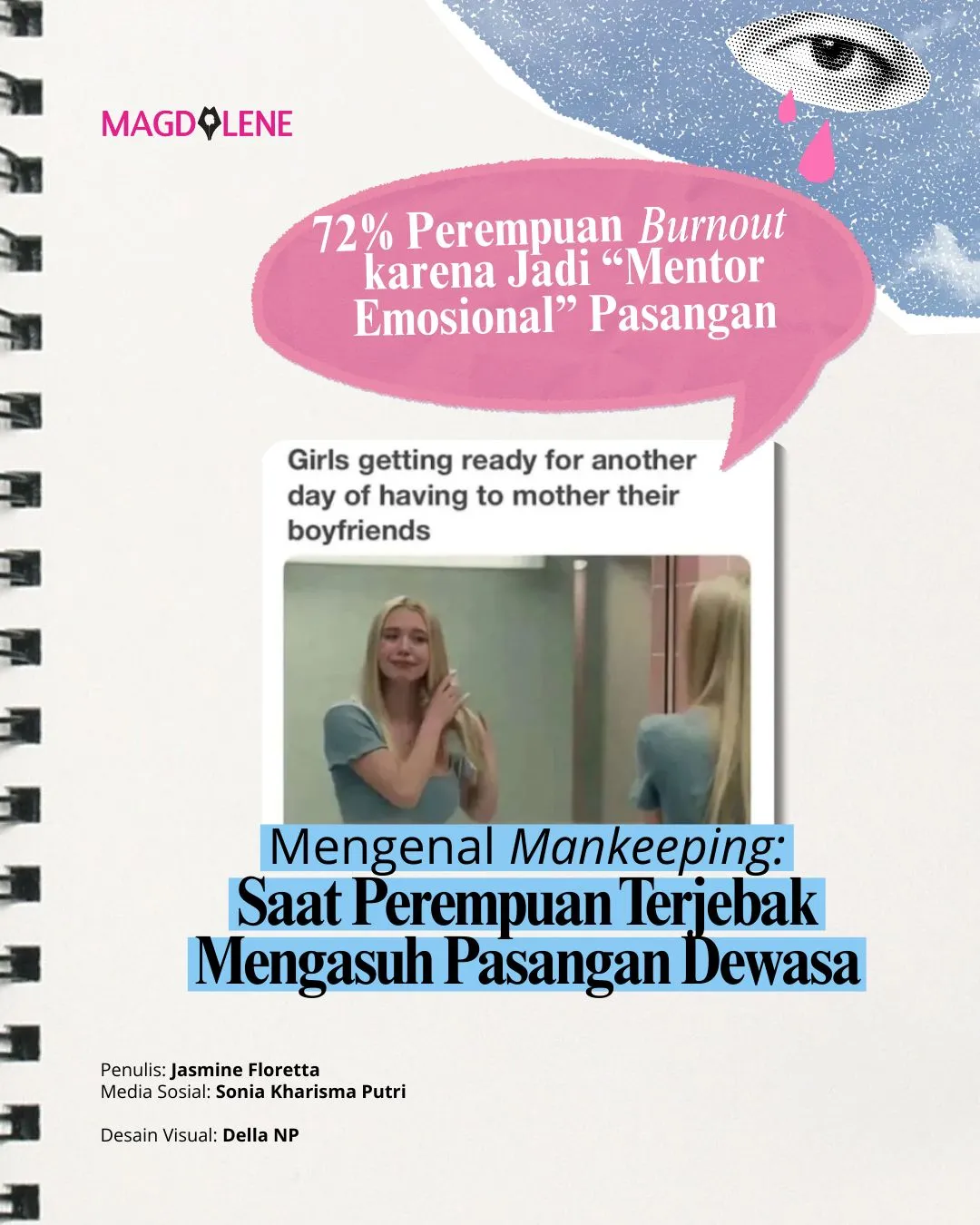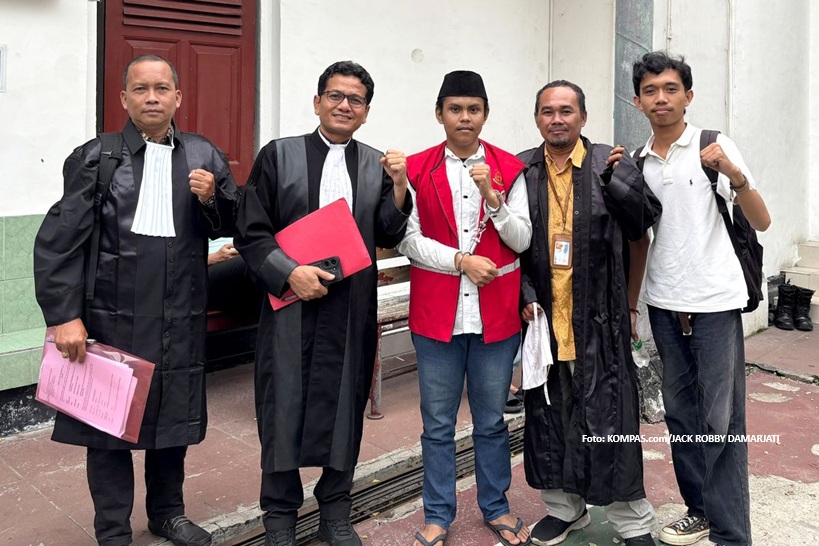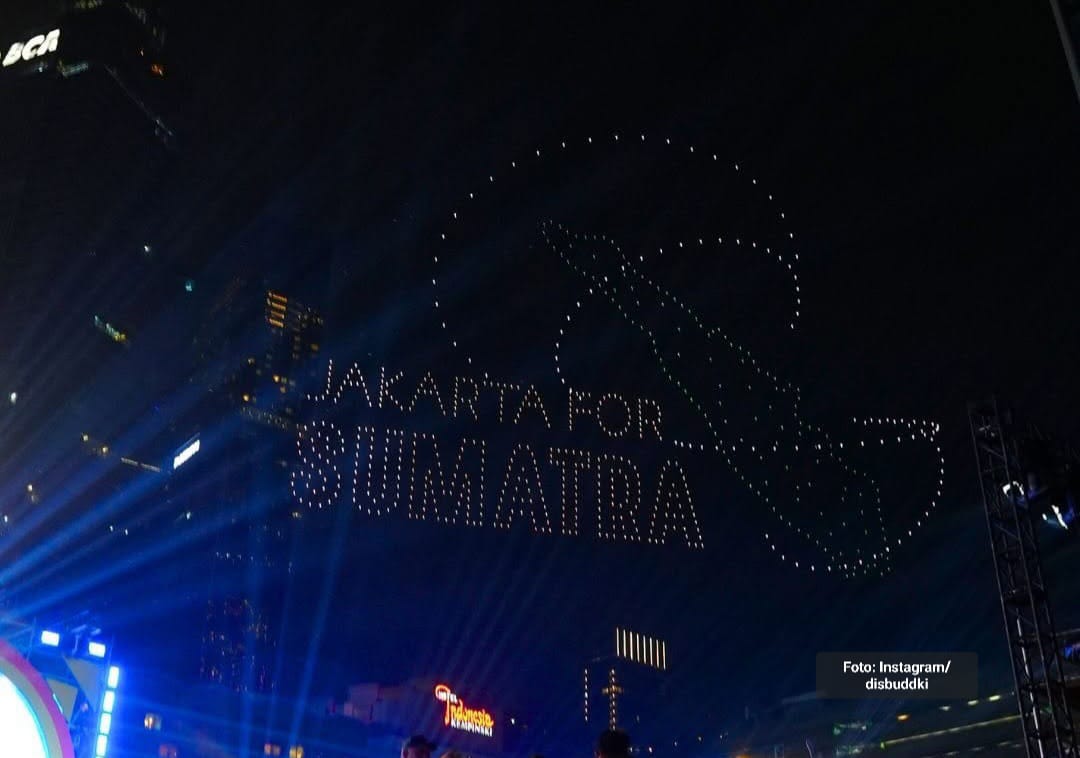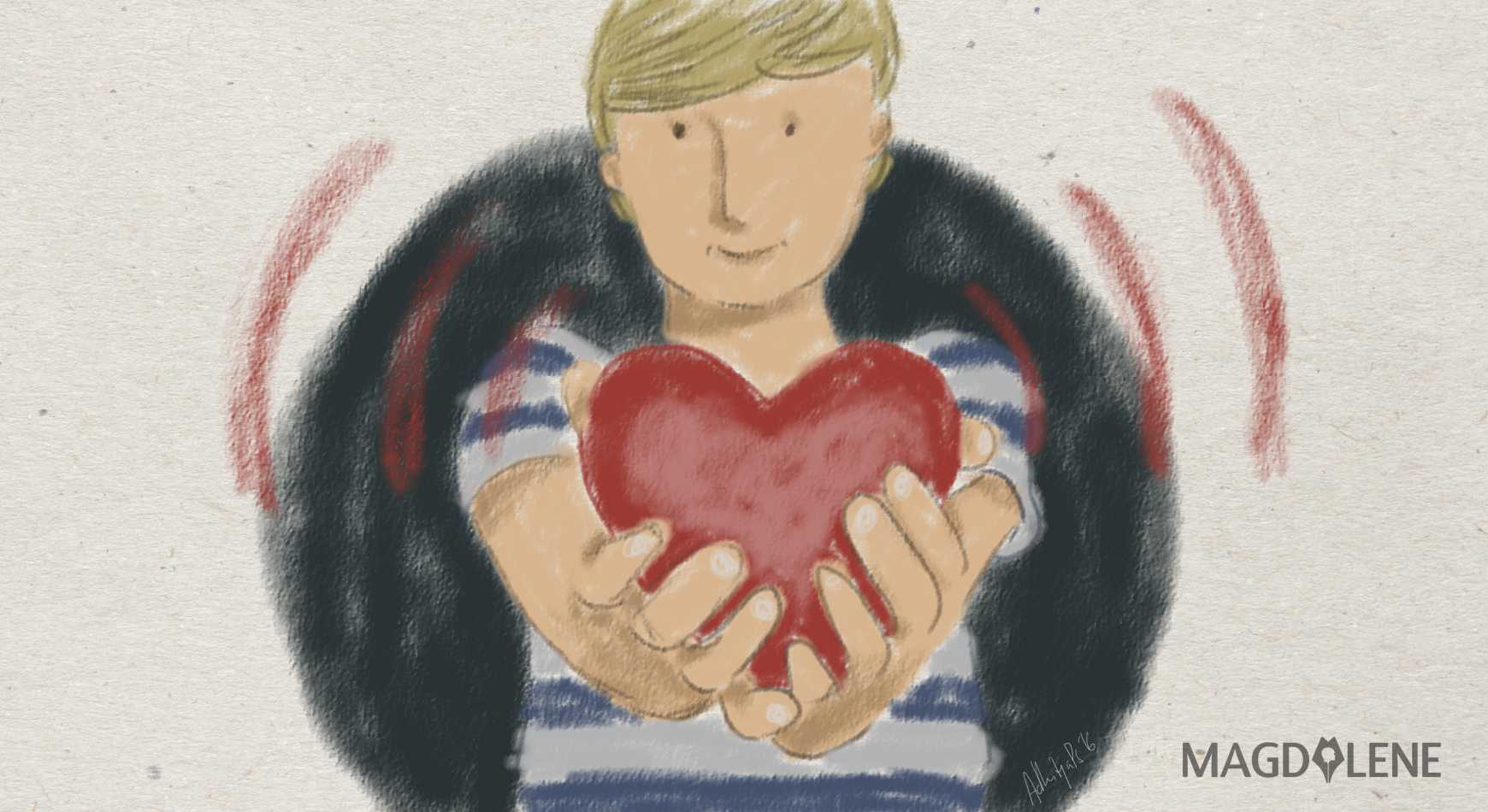Health Practitioners Must Stop Practice FGM
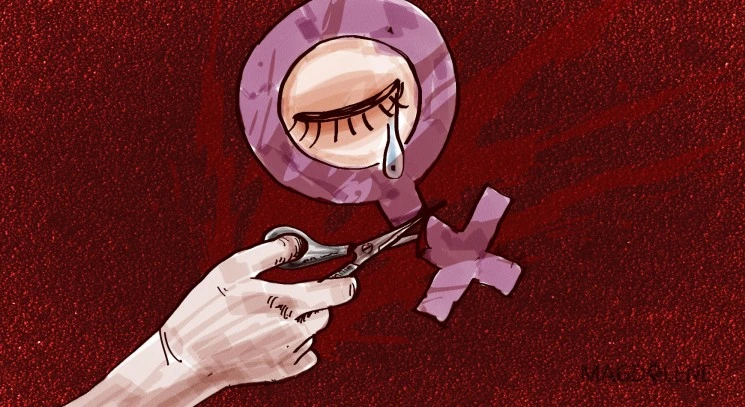
Once in one of my what’s app group some of my doctor friends were debating about female circumcision. Even if you were born and raised in Indonesia, you may not be familiar with female circumcision, as it an issue rarely talked about in public. But the religious-based practice is actually commonly practiced in Indonesia, more common than were thought.
Some of my friends, fellow medical doctors, looked for medical researches that support female circumcision. I, on the other hand – having been horrified by the stories I’d recently read about Female Genital Mutilation (FGM) done to babies and young girls in some African countries – argued against it vehemently, especially when one of the men said that female circumcision was needed to control a woman’s sexual drive.
But, at one point, the almost heated discussion turned its course into a religious one. And because I am not a Muslim –and therefore a minority – I couldn’t join in the conversation. I had to stop talking.
I remember about this particular debate because last week, 6th February, was the International Day of Zero Tolerance to FGM. It seems absurd to me: how can a medical professional support something that clearly and scientifically has no health benefits whatsoever? Isn’t it clear that our medical rules are always about benefits VS harms? Why is religious perspective always above scientific approaches in this country? And, why is it always about controlling women and their bodies?
It isn’t fair.
One of my friends talked in the chat group about the circumcision done to her own newborn daughter by a midwife in a hospital where she’d given birth. The midwife didn’t actually slice anything; she just “cleaned” something somewhere down there and told my friend that her baby was circumcised already.
To understand better about FGM, I decided to visit Mr. Google. According to the World Health Organization (WHO), FGM is a procedure that intentionally alters or causes injury to the female genital organs for non-medical reasons. It has no health benefits for girls and women, and can even lead to dangerous side effects, such as severe pain, bleeding, hemorrhagic shock, infection, sepsis, and death in the short term, or urinating problems, cysts, scars, and complications in childbirth in the long term. It also can lead to sexual and psychological problems later, such as a difficulty to reach orgasm and trauma. FGM is internationally considered a violation of human rights and a form of abuse for girls and women.
WHO categorizes FGM into 4 types:
- Type 1 or clitoridectomy is partial or total removal of the clitoris, or only the skinfold surrounding it.
- Type 2 or excision is partial or total removal of clitoris and the labia minora, with or without the excision of labia majora
- Type 3 or infibulation is the narrowing of the vaginal opening through the creation of a covering seal. The seal is formed by cutting and repositioning labia minora and/or labia majora, e.g. by stitching, with or without clitoridectomy
- Type 4 is all other harmful procedures to the female genitalia for non-medical purposes, e.g. pricking, piercing, incising, scraping, cauterizing
So it is clear: anything done to injure female genitalia for non-medical purposes are considered FGM. And FGM is not something that should be medicalized; WHO actually strongly advises health professionals against it.
The feminist Jurnal Perempuan that female circumcision in Indonesia is not always done the (sadistic) way it is done in Africa. The Type 1 procedure might be done here (especially in remote areas), but most people “only” conduct the Type 4, by taking a little prick on the skinfold with a needle or even only symbolically by scraping a slice of peeled kunyit on a baby or a girl’s clitoris.
When we talk about feminism, we talk about choices. An empowered woman is a woman who can make her own choices freely, without any prejudices or constraints, with full understanding of the risks and benefits. It includes choices about her own body. I started to imagine a baby/toddler/young girl, having absolutely no idea about what was being done to her or why, going through an FGM, because her parents or some religious leaders think she should have it, so she would grow to be better, holier, cleaner, less-rebellious, and less-sexual a woman.
More so, with no health benefits whatsoever. More so, with the possibilities of a bunch of side effects.
That is exactly what is wrong.
In 2006, Indonesian Health Ministry nearly forbade the practice of female circumcision, before caving in to pressures from the Indonesian Council of Ulema (MUI), which claimed that such ban would violate people’s rights to observe their religious practice. The ministry softened its stance by issuing a ministerial regulation in 2010, explaining the medical procedures of female circumcision for health professionals.
Thankfully, in 2014 the regulation was revoked, because female circumcision is considered not a medical issue but more of a cultural and religious one. In its place is another ministerial regulation (Permenkes No. 6/2014) that states that female circumcision should not be medicalized and that cultural or religious practice must not bring harms to women. A big no to FGM.
As a medical professional, I welcome this new regulation. But in reality, not a lot of people in the field may be aware of this, and FGM is still being practiced to this day.
An adult woman is free to consciously and responsibly choose to be circumcised for religious reasons (it would be similar to choosing to get a tattoo or pierced for aesthetic reasons, like myself). But forcing it on babies and young women, even if it’s “merely” Type 4, violate their human rights. Furthermore, any measure that aims “un-sexualize” or “tame” a woman violates her sexual rights.


